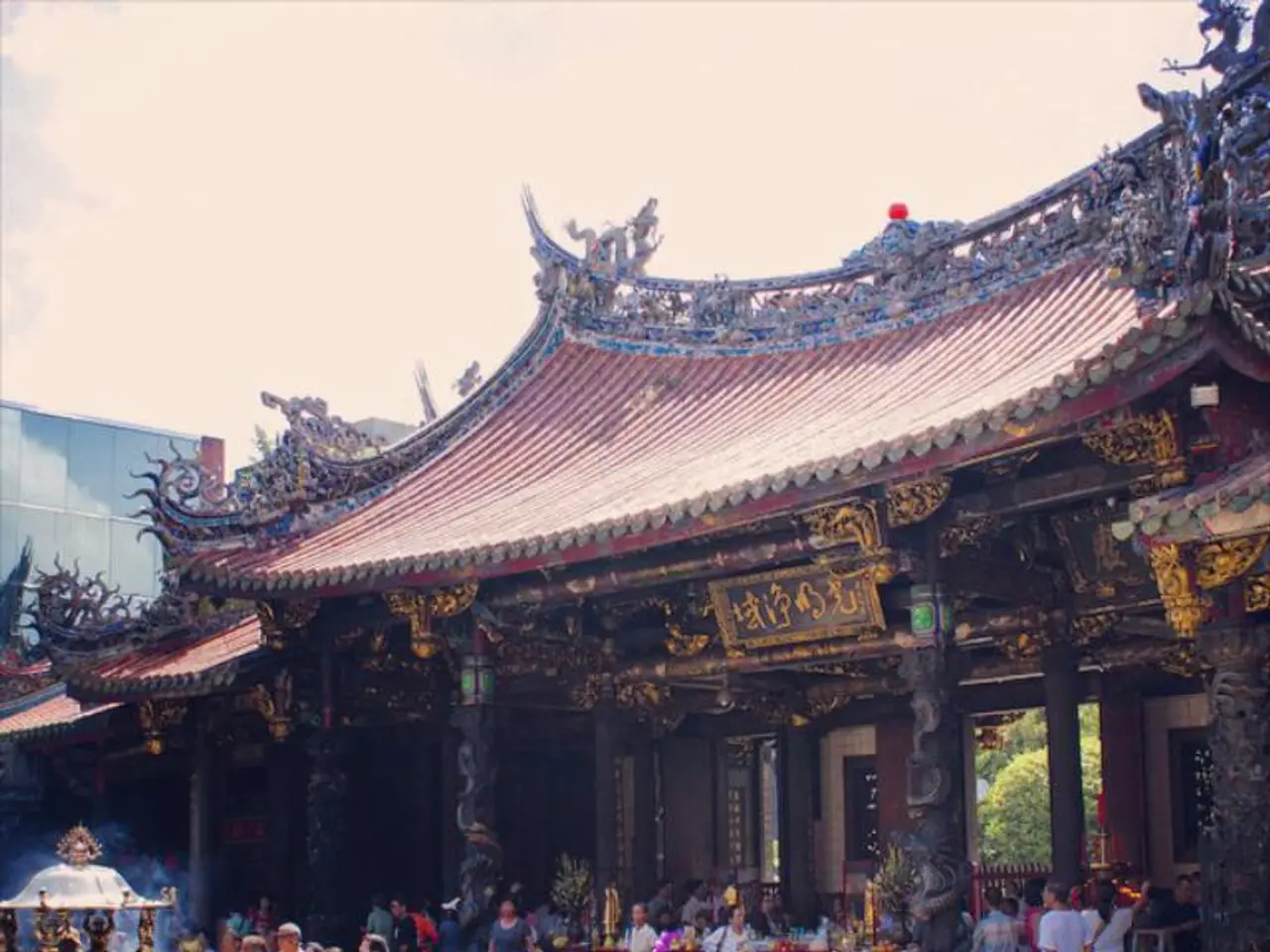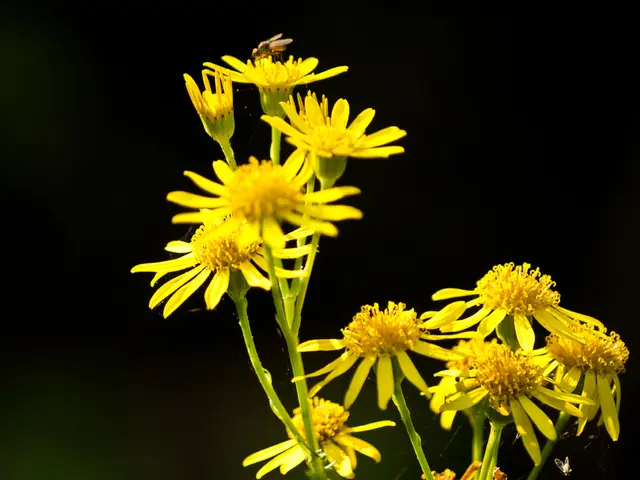Geographic Areas or Localities
Exploring Japan's Regions: A Cultural and Geographical Journey
Japan, an archipelago nation in the Pacific, is a land of diverse landscapes, rich history, and unique cultures. Each of its regions offers a distinct experience, shaped by its geography, climate, and historical influences.
Hokkaido
Located in northern Japan, Hokkaido is a haven for nature lovers. Known for its vast natural landscapes, including mountains, lakes, and plains, Hokkaido boasts a climate that is the coldest in Japan, with cool summers and harsh, snowy winters, making it a popular destination for winter sports and nature enthusiasts.
Kanto
Moving south, we find Kanto, home to Tokyo and surrounding prefectures. Characterized by a humid climate with hot summers and mild winters, Kanto serves as Japan’s political and economic center, featuring a dense urban population and modern infrastructure.
Kansai
Journeying west, we reach Kansai, a historical and cultural heartland. Famous for its ancient temples, castles, and distinctive dialect (Kansai-ben), Kansai includes Osaka, Kobe, and Kyoto. The region is renowned for unique local foods such as Kobe beef, okonomiyaki, and chawanmushi, and harbors a rich entertainment culture and significant historical rivalry with Kanto.
Shikoku
Moving to the southernmost of the 4 main islands, we find Shikoku. Known for its pilgrimage routes, rural landscapes, and a more relaxed pace of life compared to urban centers, Shikoku features mountainous terrain and an agricultural economy.
Okinawa (Ryukyu Islands)
Situated in the south of Japan, Okinawa is a group of 160 beautiful islands that enjoy a subtropical climate, distinct from mainland Japan. Okinawa has unique cultural traditions, languages, and a history separate from the main islands, often associated with longevity and distinct cuisine.
Tohoku
In the northeast, Tohoku is known for its rugged countryside, with mountains, lakes, and hot springs. It experiences long, cold winters and is famous for high-quality rice production and scenic natural beauty, making it ideal for outdoor and cultural tourism.
Chubu
Central Japan is home to Chubu, which contains Japan’s most mountainous areas, including the Japanese Alps. Bridging Pacific and Sea of Japan climates, Chubu is known for its unique local foods like ebi furai (fried prawns) and hoto (udon noodle dish). Industrial cities like Nagoya coexist with historical sites.
Chugoku
Located in western Honshu, Chugoku features contrasting climatic and cultural influences due to its position between the Sea of Japan and the Seto Inland Sea. The Seto Inland Sea side enjoys a mild climate and developed industries like shipbuilding. Historical landmarks include Hiroshima’s Atomic Bomb Dome and Izumo Taisha Shrine.
Kyushu
While specific details are not provided, Kyushu is known for its active volcanoes, hot springs, warmer climate, distinct dialects, and historical role as a trade gateway with Asia.
In summary, Japan’s regions range from the cold, natural expanses of Hokkaido and Tohoku, to the cultural and historical centers in Kansai and Chubu, the industrial and coastal nuances of Chugoku, and the subtropical uniqueness of Okinawa, each offering distinctive climates, foods, dialects, and cultural heritages. Whether you're seeking adventure, history, or relaxation, Japan's regions promise an unforgettable journey.
- Travel tips for Hokkaido might include layering for cold weather, exploring Onsen resorts for relaxation, and booking ski tours for winter sports enthusiasts.
- In Kanto, enjoy the bustling city life, visit traditional temples, and sample street food like takoyaki and yakitori.
- Kansai's food culture shines with dining experiences like tasting Kobe beef, experiencing Okonomiyaki cooking classes, and visiting the historic Gion district in Kyoto.
- Shikoku's slower pace offers a chance to embark on spiritual pilgrimages, explore rural landscapes, and sample regional foods like shikoku-ramen and Hira Jiyanage, a type of rice cake.
- Okinawa offers unique travel opportunities, such as exploring the Ryukyu Islands, discovering traditional crafts, and sampling local dishes like Rafute (braised pork belly) and Sata Andagi (Okinawan doughnuts).
- Tohoku's natural beauty can be appreciated through scenic walks and railway journeys, trying local foods like Matsuzaka beef and exploring onsen resorts like Nyuto-Onsen-Juku.
- Chubu hosts diverse experiences, including hiking in the Japanese Alps, visiting historical sites like Gujo-Hachiman and exploring cities like Nagoya, known for their local ebi furai and hoto dishes.
- Chugoku's contrasting climates provide opportunities for both industrial exploration and historical sightseeing, like the Atomic Bomb Dome in Hiroshima and Izumo Taisha Shrine.
- Kyushu, with its active volcanoes, warmer climate and distinct dialects, promises an experience filled with cultural, historical, and natural treasures.




